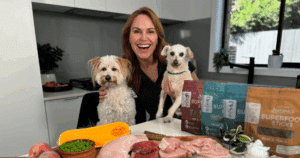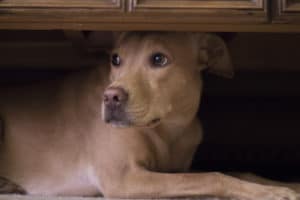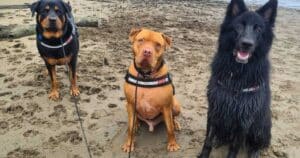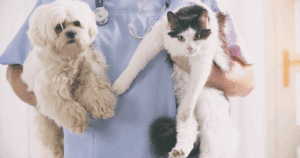
Cherry eye is the common name for a prolapsed gland of the third eyelid, a medical condition that can occur in dogs and occasionally cats.
Whilst Cherry eye is more common in dog breeds such as the American Cocker Spaniel, Pekinese, Bulldog and Beagle, it can affect any breed. Cherry eye generally occurs in young dogs and there are no known preventative measures for it.
The gland in the third eyelid is called a lacrimal gland. Lacrimal glands produce the watery component of tears which are crucial in maintaining the health of the cornea.
In dogs, this gland is responsible for the majority of tear production.
Signs and Symptoms of Cherry eye
The most common sign of Cherry eye is a red oval mass protruding from the dog’s third eyelid. It will often be swollen and can be irritating. There may also be some discharge from the affected eye.
If left prolapsed, tear production is compromised and dry eye can develop. Not only is dry eye a painful, vision threatening condition but it is also costly to treat.
The exact cause of prolapse is still unknown but is thought to be associated with a congenital weakness at the base of the gland which allows the gland to flip up out of its pocket and become visible.
Treatment for Cherry Eye
Treatment is generally surgical and aimed at preserving the important function of the lacrimal gland by returning it into its correct location and permanently securing the gland through various surgical techniques, depending on the breed of dog and size of the gland. Surgery carries an excellent prognosis if performed properly.
The gland should never be removed as this will most certainly lead to dry eye.
In cases where tear production has been compromised due to a delay in repair of the prolapse, prescription eye drops may be prescribed after surgery to promote tear production and help return the gland to its optimum function.
Dr Melissa Meehan is a highly experienced and respected veterinary surgeon with over 14 years experience. Dr Melissa obtained her Members in Small Animal Medicine through examination in 2008 and now runs her own veterinary ophthalmology service.

Dog Treat Naturals Superfood Sticks



Poor gut health and dog behaviour issues



Get your paws on Lara Shannon’s best selling books ‘Eat, Play, Love (your dog) and World of Dogs.
Available in Australia, USA, UK and Canada.